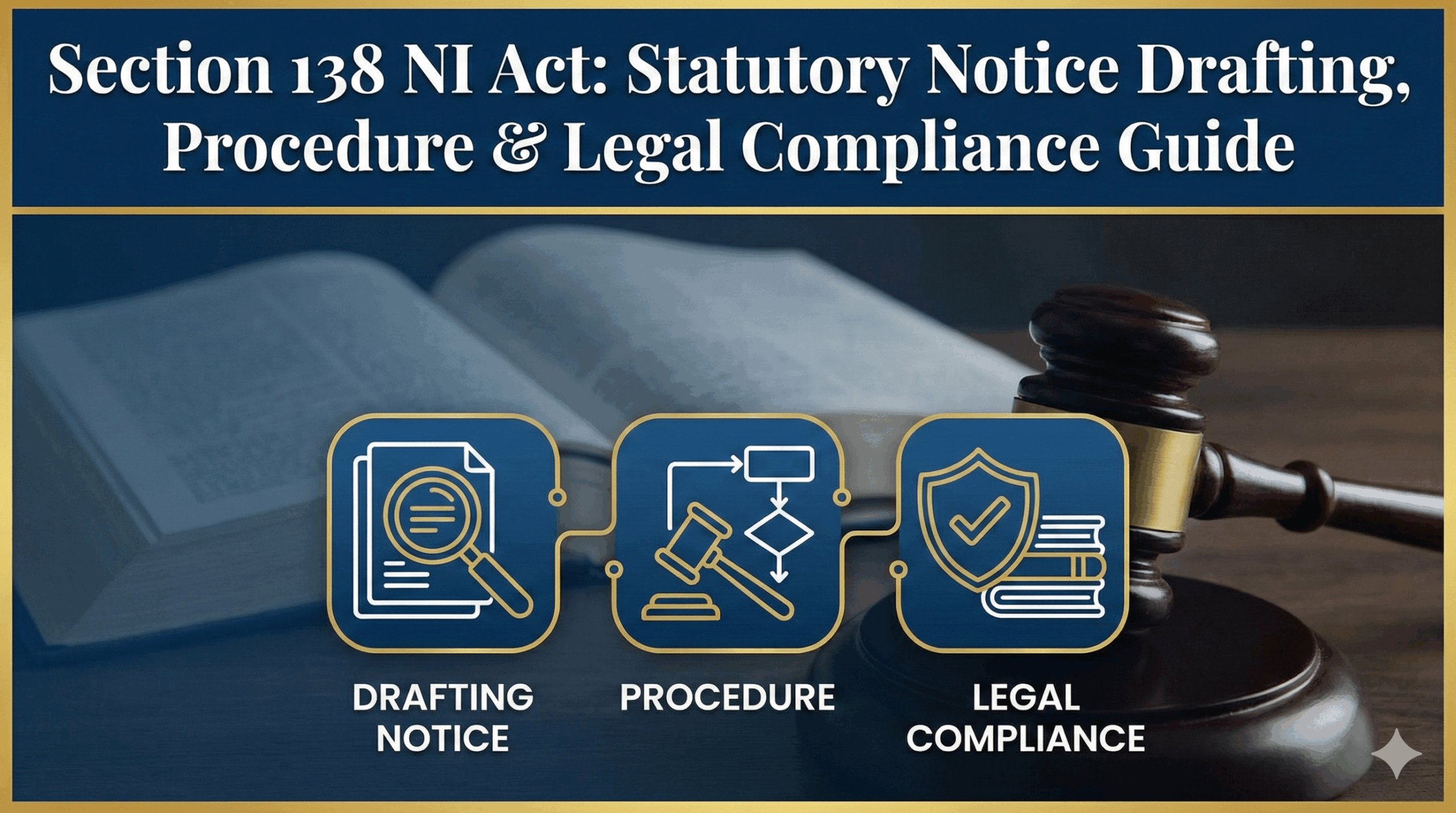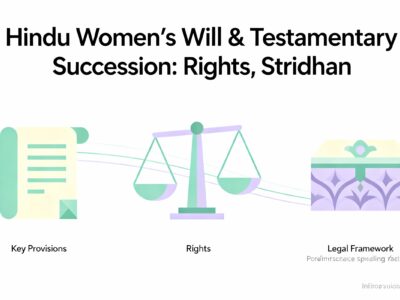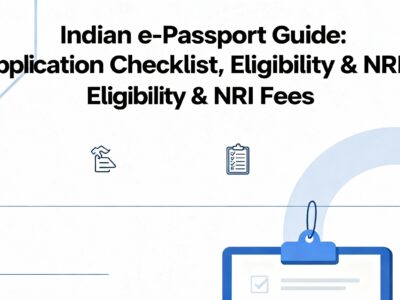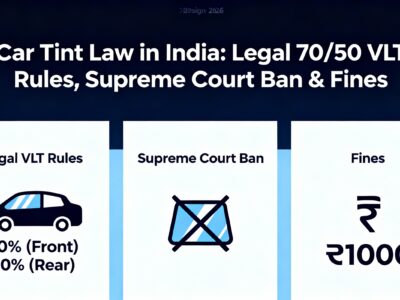In the rush of business, pasting a scanned signature onto a PDF feels like an easy win. But is it legally sound under Indian law? This common shortcut creates significant risks when compared to a secure digital signature. This guide dives deep into the crucial differences, analyzing the legal validity and admissibility of various electronic signatures under India’s IT Act, 2000 and the critical Section 65B of the Evidence Act. We’ll compare simple scanned images against secure methods like DSC and Aadhaar e-Sign, helping your business avoid costly legal disputes.
Scanned Signature vs. Digital Signature
What's actually admissible under India's IT Act & Evidence Act? A deep dive for SMEs facing the 'scanned PDF' dilemma.
In today's fast-paced business environment, the need for speed often leads to shortcuts. One of the most common? Scanning a handwritten signature and pasting it onto a PDF. It's quick, easy, and seems harmless. But when a dispute arises, is that 'signed' contract worth the digital paper it's written on? This article unpacks the critical legal differences between various electronic signatures under Indian law, revealing the hidden risks for businesses.
I. The Statutory Landscape: What the Law Says
The Information Technology Act, 2000 (IT Act) is the cornerstone of India's digital legal framework. It creates a two-tiered system: one that provides a low barrier for simple electronic contract formation to facilitate commerce, and another that sets a very high bar for secure, verifiable signatures that receive special legal status.
The Three Pillars of Digital Validity
- Section 4: Legal Recognition of Electronic Records. This is the bedrock. It states that if any law requires information to be in writing, that requirement is met if the information is in an electronic form and accessible for future reference.
- Section 5: Legal Recognition of Electronic Signatures. This provision gives legal equivalence to electronic signatures, stating that if a law requires a signature, an electronic signature that meets the Act's standards will suffice.
- Section 10A: Validity of Electronic Contracts. This is crucial for everyday business. It confirms that a contract cannot be denied enforceability just because it was formed electronically (e.g., via email or a 'click-to-agree' button).
Key Distinction: The IT Act differentiates between a broad "electronic signature" (any electronic authentication) and a specific, secure "digital signature" (which uses PKI technology). The 2008 amendment introduced the technology-neutral term "electronic signature" to include newer methods like Aadhaar e-Sign, provided they meet a high "reliability" threshold.
Recognized & Secure: DSC vs. Aadhaar e-Sign
India's IT Act grants special legal status to two primary methods of secure electronic signatures that meet its stringent reliability tests.
Digital Signature Certificate (DSC)
The "original" secure signature. A private key is stored on a physical USB token, offering top-tier security. It's the gold standard for corporate and government filings.
Aadhaar e-Sign
A revolutionary, accessible method. Uses your Aadhaar number and an OTP or biometric scan for authentication. Ideal for high-volume customer agreements.
II. The "Reliability Threshold": The Litmus Test for Secure Signatures
What makes DSC and Aadhaar e-Sign legally superior to a simple scanned image? They both pass the mandatory "reliability" test laid out in Section 3A of the IT Act. For any electronic signature to be considered reliable and secure, it must prove that:
The signature creation data (like a private key) is linked only to the signatory.
The signature creation data was under the sole control of the signatory when used.
Any alteration to the signature after it's affixed is detectable.
Any alteration to the document after it's signed is detectable (ensuring integrity).
A scanned signature fails these tests spectacularly, which is why it has such weak legal standing.
III. The Scanned Signature: A Legal House of Cards
Pasting a scanned signature is legally classified as a "Simple Electronic Signature." While Section 10A prevents the contract from being instantly void, it enjoys zero legal presumptions of validity. The entire burden of proof falls on the person trying to enforce it.
Why is it so weak?
- Not Uniquely Linked: The image file can be copied and used by anyone.
- Not Under Sole Control: Once created, you lose control over where the image goes.
- Alterations are Undetectable: There's no built-in way to prove the document wasn't changed after the signature image was added.
- High Risk of Forgery: Courts are highly skeptical of scanned signatures, knowing how easily they can be forged.
IV. The Gauntlet of Admissibility: Section 65B
Even if you have a signed document, it's useless if you can't get it admitted as evidence in court. For electronic records, this is governed by the strict rules of Section 65B of the Indian Evidence Act, 1872.
The Path to Admissibility
1. Electronic Record
Your signed PDF, email, etc.
2. Is it Primary Evidence?
(The original device itself)
3. Section 65B Certificate
MANDATORY for copies (printouts, files on pen drives).
4. Admissible in Court
Your evidence can be heard.
The Supreme Court in Anvar P.V. and Arjun Panditrao has made the S.65B certificate a non-negotiable condition for admitting electronic copies.
The Power of Presumption (Sections 85A, 85B & 85C)
This is the legal "superpower" of secure signatures. When you use a DSC or Aadhaar e-Sign, the Evidence Act grants you massive advantages:
- The court shall presume the signature is authentic and was affixed with the intent to sign.
- The court shall presume the document has not been altered since it was signed.
- The burden of proof shifts. The person challenging the signature must prove it's fake, which is nearly impossible.
For scanned signatures, this presumption does not exist. You have to prove everything from scratch.
Evidentiary Strength Compared
A visual representation of the legal weight and enforceability of each signature type.
V. The "Negative List": What You CANNOT Sign Electronically
The IT Act's First Schedule lists specific documents that are excluded from electronic execution and still require a physical, wet-ink signature. As of the latest amendment in 2022, this list includes:
- A will and any other testamentary disposition.
- A trust deed.
- A power of attorney (unless it's for a regulated financial entity).
- A negotiable instrument like a promissory note (unless it's a cheque, DPN, or Bill of Exchange for a regulated entity).
The Property Document Puzzle: The 2022 amendment *removed* property sale/conveyance deeds from the negative list. While this means the IT Act *permits* their electronic signing, a "legality-practicality gap" exists. Most state Registration Acts still require physical presence for registration. So, while your e-signed agreement might be valid, you may not be able to legally register the property transfer.
VI. Practical Application: Risk Assessment Matrix
Which signature should you use for which document? Filter by document category to see our recommendations.
| Document Type | Scanned Image | Simple E-Sign (Click-wrap) | Aadhaar e-Sign | DSC |
|---|---|---|---|---|
| HR: Offer Letter | High Risk | Medium Risk | Low Risk | Low Risk |
| HR: NDA / IP Agreements | High Risk | High Risk | Low Risk | Low Risk (Gold Standard) |
| Corporate: Board Resolutions | High Risk | High Risk | Low Risk | Low Risk (Preferred) |
| Property: Lease Agreement | High Risk | High Risk | Medium Risk | Low Risk |
| Property: Sale/Conveyance Deed | Prohibited/High Risk | Prohibited/High Risk | Medium Risk | Medium Risk |
Note: Risk for property documents can depend heavily on state-level e-registration and e-stamping rules. Always verify local procedures.
VII. Strategic Recommendations for Your Business
To navigate this complex landscape, your business needs a clear strategy. Relying on ad-hoc methods is a recipe for future legal battles.
1. Create a Tiered E-Signature Policy
Don't use a one-size-fits-all approach. Classify your documents by risk and mandate the appropriate signature type:
- Tier 1 (Low Risk): Click-wrap for internal policy acknowledgements.
- Tier 2 (Medium Risk): Aadhaar e-Sign as the default for customer and vendor contracts.
- Tier 3 (High Risk): DSC for high-value financial agreements, IP contracts, and regulatory filings.
- Tier 4 (Prohibited): Wet-ink only for documents on the "Negative List".
2. Prioritize Audit Trails & Evidence Preservation
Your ability to produce a Section 65B certificate depends on your audit trail. Ensure your e-sign platform captures a detailed, tamper-evident log of every step in the signing process: who signed, when, from what IP address, and how they were authenticated. Securely store this record for the entire statutory retention period.
3. Don't Forget Stamp Duty & Registration
An electronic signature doesn't exempt you from other laws. Ensure you comply with your state's e-stamping requirements. For property documents, always verify the local Sub-Registrar's rules before proceeding with electronic execution.
Frequently Asked Questions
So, is a scanned signature completely illegal?
Not illegal, but legally very weak. It's not automatically invalid, but if challenged, the burden to prove it's genuine and the document is unaltered is extremely high and difficult to meet. It's best avoided for anything important.
Can I sign a property sale deed electronically now?
While the IT Act was amended in 2022 to permit it, a "legality-practicality gap" exists. Most state Registration Acts still require physical presence and wet-ink signatures for the final registration of a sale deed. So, while the signature may be valid under the IT Act, you likely cannot complete the property transfer without physical steps.
What is a Section 65B certificate and who provides it?
It's a signed declaration from a person in a responsible official position related to the operation of the relevant computer or device. This person certifies the integrity of the electronic record and the system that produced it. For documents signed on a platform, the platform provider can typically generate this certificate from the audit trail.









